Atlas Impala South African Airforce SAAF Version 2
Production Time 9 to 10 weeks
Shipment is by FedEx, UPS or DHL International Express Courier with a normal door-to-door delivery time worldwide of within 2-3 business days after dispatch. Due to the current volatility of world fuel prices, the amount mentioned here is our best estimate for DHL and UPS and may be subject to change at the time of shipping.

Model Description: Atlas Impala South African Airforce SAAF Version 2 Wood Replica Scale Custom Model Aircraft
Manufacturer: Atlas Aircraft Corporation
Wingspan: 17.3 Inches (43.9 Centimeters)
Height: 6 Inches (15.2 Centimeters)
Scale: 1:25
$239.50
Production Time 9 to 10 weeks
-
United States dollar ($)
-
Pound sterling (£)
-
Euro (€)
-
Australian dollar ($)
-
Canadian dollar ($)
-
Singapore dollar ($)
-
Swiss franc (CHF)
-
Japanese yen (¥)
-
Danish krone (kr.)
-
Hong Kong dollar ($)
-
Norwegian krone (kr)
-
Swedish krona (kr)
-
United Arab Emirates dirham (د.إ)
General Product Description
Our PlaneArt Atlas Impala South African Airforce SAAF Version 2 model exhibits unique, unrivaled quality and detailed design to come as close as possible to the accuracy of the actual plane. It comes as standard with a robust, durable base or stand which is available in a variety of different finishes designed to match your own personal requirements including solid wood, wood with polished metal supports or adjustable wood wall mount and will be ready within about 9-10 weeks from placement of order.
The Atlas Impala South African Airforce SAAF Version 2 model is made of the finest kiln dried renewable mahogany wood (commonly known as Lauan or Meranti) which has undergone many stages of carving and meticulous and careful sanding giving the beautiful, finished museum quality masterpiece. Many collectors and model connoisseurs demonstrate their preference for genuine handmade and hand painted mahogany wood models rather than plastic or die cast (diecast) alternatives due to the overall look and totally different feel of the item - we trust you will find the same. We can however, if required produce the same model in Solid Cast Resin so just click and contact us for further information. Our craftsmen and gifted artisans ensure that our finely handcrafted model airplanes match the precise blueprint details of the original aircraft. The paint scheme, markings and parts are closely matched, reflecting the original aircraft. This stylish top-quality desktop replica model will surely enthrall anyone who receives this as a gift and for sure one of the most appropriate and desirably collectable gifts for any aviation enthusiast or avid military jet aircraft collector whilst also displaying a perfect resemblance to the actual real life version.
There are many types of military jet aircraft, but the basic types are bombers, fighters, fighter bombers, spotter planes, transporters, patrol aircraft, trainers, and reconnaissance and observation aircraft. All these types of aircraft are used for different types of missions. If you're a fan of historic or present-day military aviation, our model aircraft will bring the excitement and character of these aircraft right into your own home.
If you require, we can also make the Atlas Impala South African Airforce SAAF Version 2 model in any other military, government or even private livery or colour scheme you require and if necessary, in a different size or scale. Just click here to contact us with a description or photographs of what you require, and we will let you have a quotation for the necessary customization by return email. We can also make bespoke scale replicas of any other private / civil commercial airliner or airliners, helicopter, glider, gliders with engines, military propeller, warplane jets, biplane, triplane, tail fin, spacecraft, rocket or NASA model you require in any airline, military or civilian livery or colors. We also produce model airships, blimps, dirigibles, blimps, boats, and ship collectibles. Wall plaque or seal for military, government or private customers. Again, by clicking here to contact us just let us know exactly what you need.
The Atlas Impala: A Pinnacle of South African Aviation History
The Atlas Impala, a name that resonates with power and agility, mirrors the qualities of the aircraft that played a pivotal role in the annals of the South African Air Force (SAAF). As a primary trainer and light attack aircraft, the Impala marked its era with distinction, embodying the technological aspirations and defense capabilities of South Africa during its service years. This article explores the important features, history, and legacy of the Atlas Impala, highlighting its significance in military aviation.
The Genesis of the Impala:
Developed in the 1960s, the Atlas Impala was a licensed production of the Italian Aermacchi MB-326. South Africa sought a versatile aircraft capable of fulfilling multiple roles, from training new pilots to engaging in light attack missions. The Impala met these requirements, offering an exemplary balance between performance and utility.
Technical Specifications and Features:
The Atlas Impala came in two main variants: the single-seat Impala Mk I and the two-seat Impala Mk II. The aircraft were powered by a single Rolls-Royce Viper turbojet engine, which provided a perfect blend of speed, range, and reliability. With a top speed of approximately 800 km/h (500 mph) and equipped with hardpoints for armaments and additional fuel tanks, the Impala was both a capable trainer and an effective combat aircraft.
The Impala’s design focused on simplicity and efficiency, making it an ideal platform for pilot training. Its cockpit layout, handling characteristics, and performance parameters were designed to facilitate a smooth transition for trainees from basic training aircraft to more complex jet-powered types. Moreover, its light attack capabilities were enhanced by its ability to carry a variety of weapons, including machine guns, rockets, and bombs, making it a versatile asset in counter-insurgency operations and close air support roles.
Operational History:
The Atlas Impala served as the backbone of the SAAF’s training and light attack operations for several decades. It saw extensive service during the Border War, where its adaptability and robustness were put to the test in challenging combat conditions. The aircraft’s reliability and cost-effectiveness made it a valuable asset in maintaining air superiority and providing ground support.
Beyond its military role, the Impala also captured the imagination of the public through the aerobatic displays of the SAAF’s Silver Falcons display team. Its agility and performance made it a crowd favorite, showcasing the skills of South African pilots and the capabilities of their aircraft.
Legacy and Discontinuation:
The retirement of the Atlas Impala marked the end of an era for the South African Air Force. While newer, more advanced aircraft have taken its place, the Impala’s legacy endures. It remains a symbol of South African ingenuity and resilience, a testament to the country’s ability to produce and operate effective military aircraft under challenging circumstances.
The Impala also left its mark internationally, with several aircraft finding new homes and roles in civilian aviation and in air forces around the world. As collectors’ items and museum exhibits, they continue to tell the story of South African aviation history.
Conclusion:
The Atlas Impala is more than just a retired military aircraft; it is a piece of South African heritage. Its contribution to pilot training, military operations, and even international relations during its service life cannot be overstated. The Impala’s legacy lives on, not only in the memories of those who flew and maintained them but also as a reminder of the dynamic history of aviation in South Africa.
| Weight | 6 kg |
|---|---|
| Dimensions | 17 × 17.3 × 6 in |

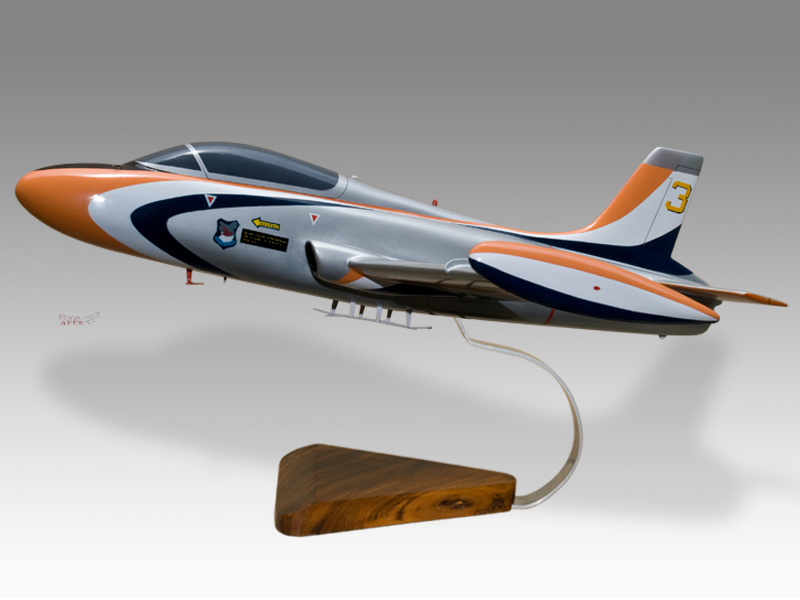
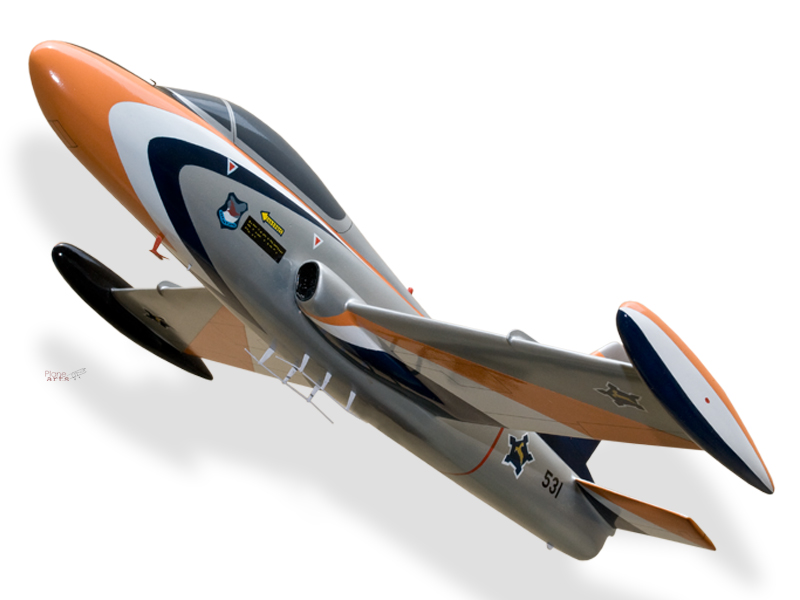
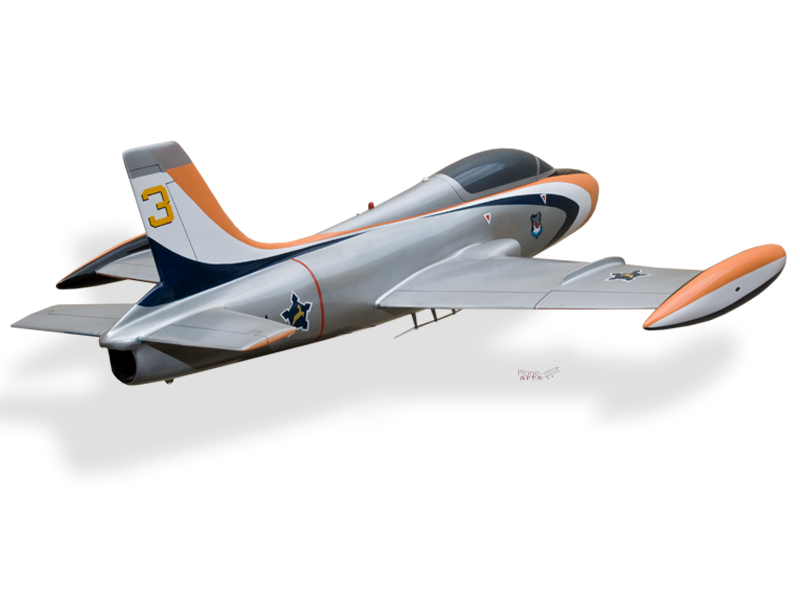
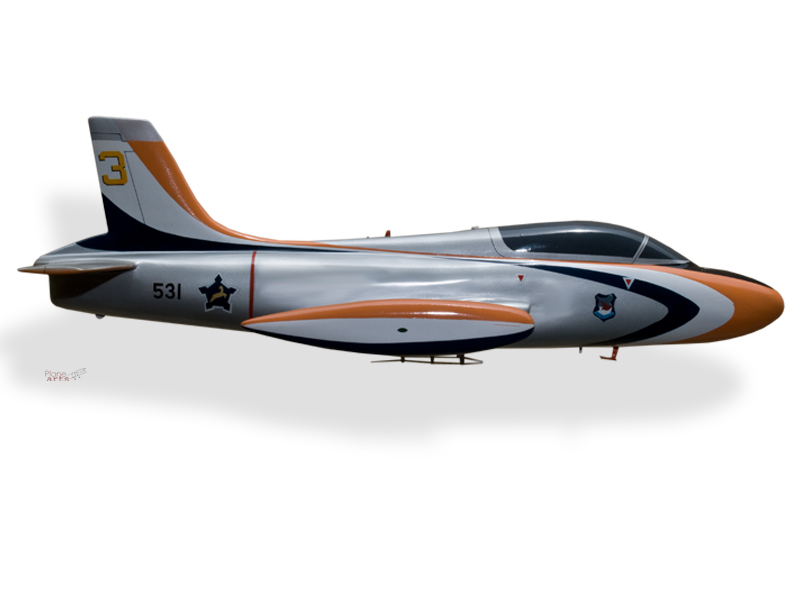
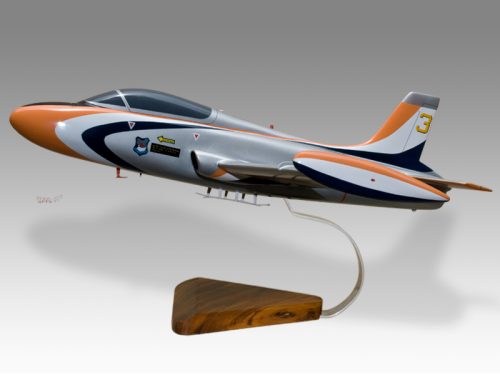
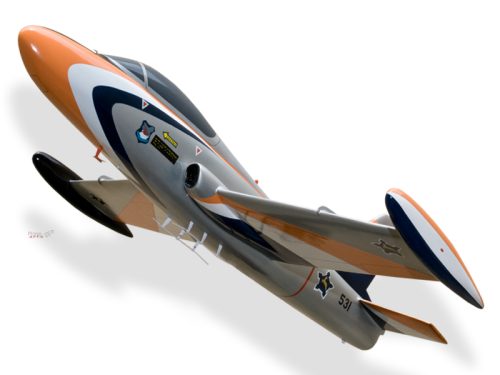
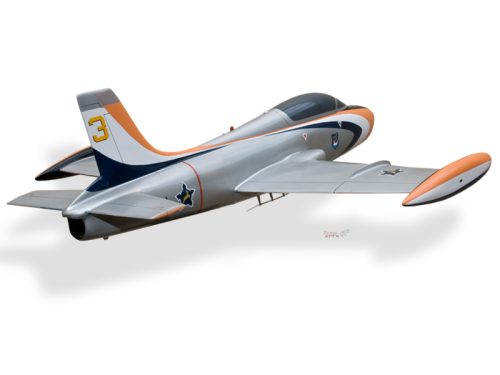
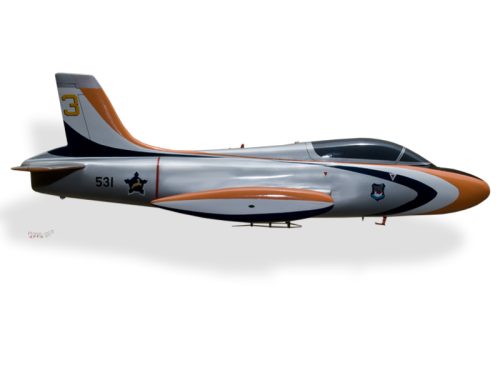
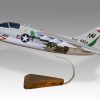
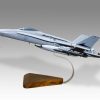
Reviews
There are no reviews yet.